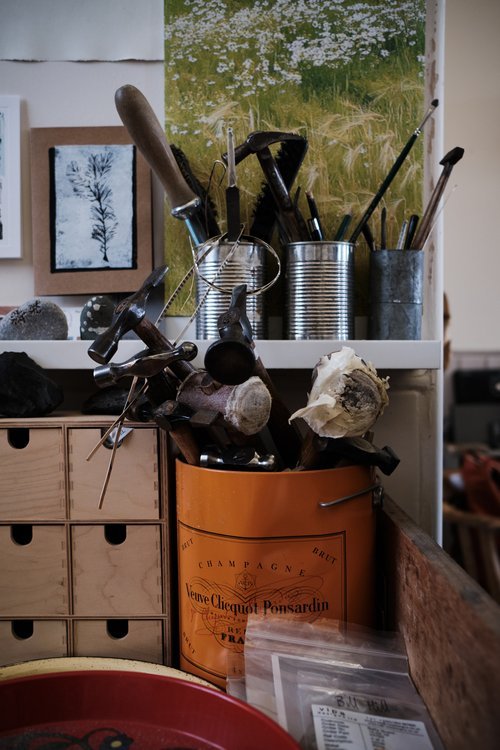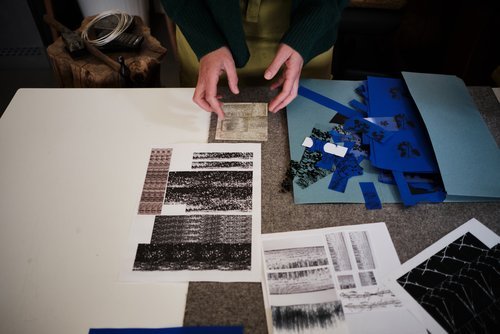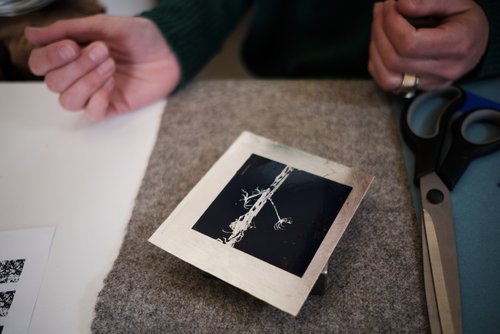Packaging
Assessing the impact of your packaging use in your business is key to cutting out waste and improving the sustainability of your practice. Packaging is often made with manmade materials that may not be recyclable such as types of plastic that end up in landfills or the ocean. Packaging made with new raw materials from the environment, such as paper products can be recycled but still contribute to the depletion of natural resources. Packaging is a major contributor to our global waste problem.






